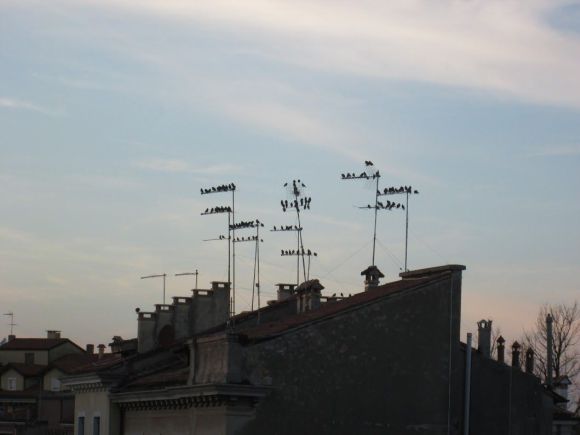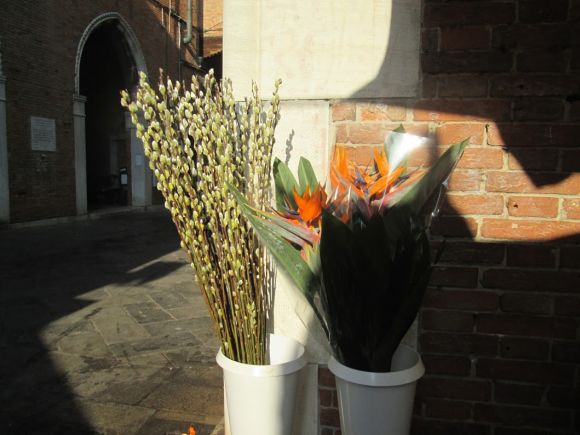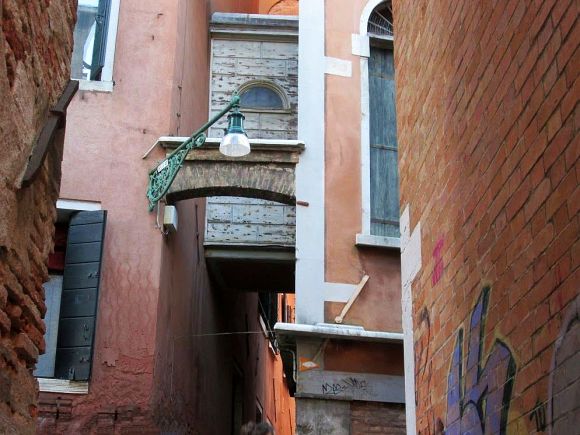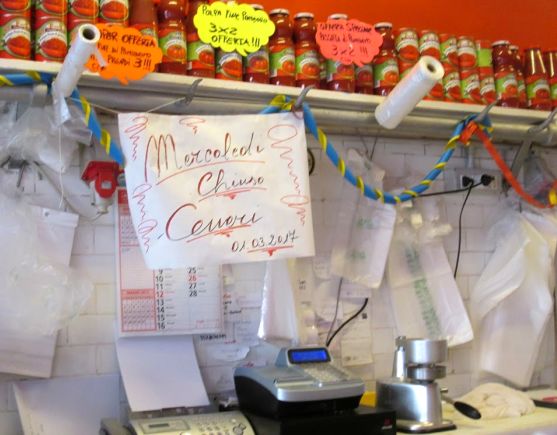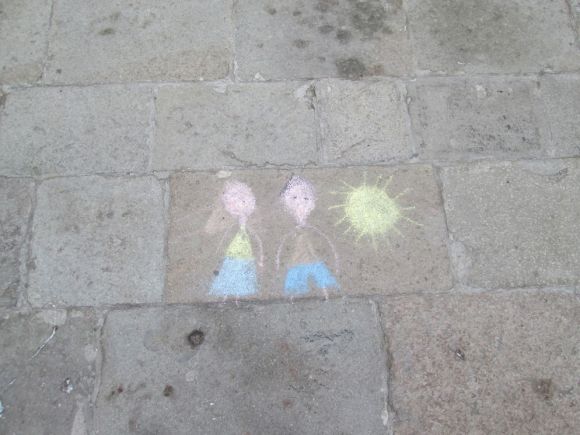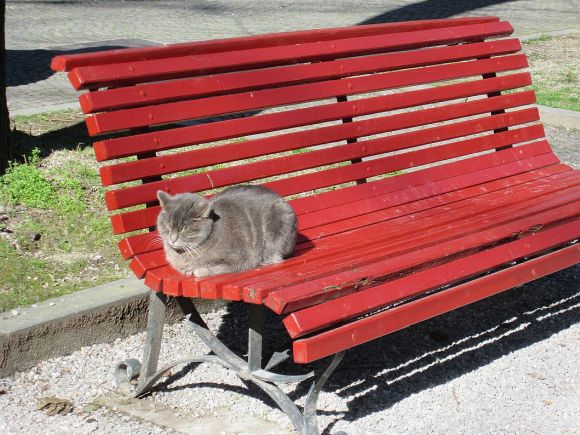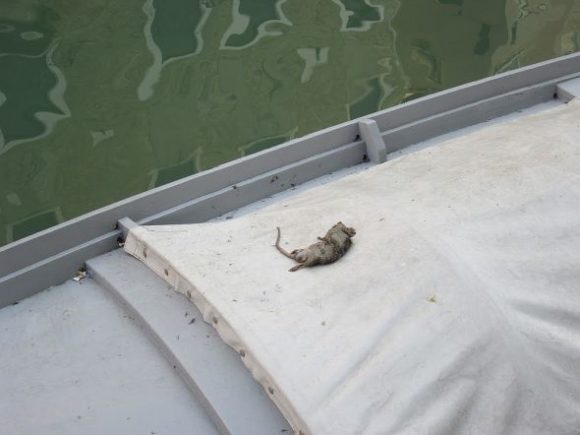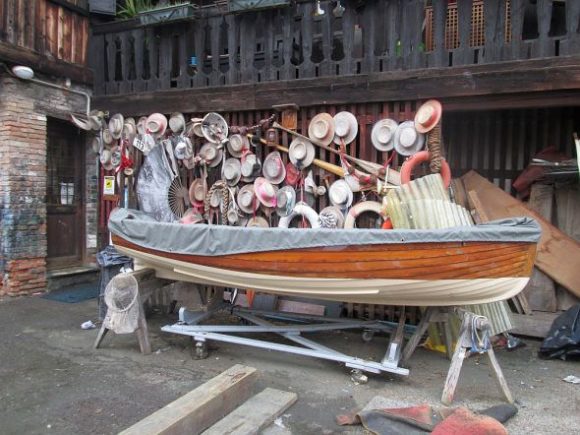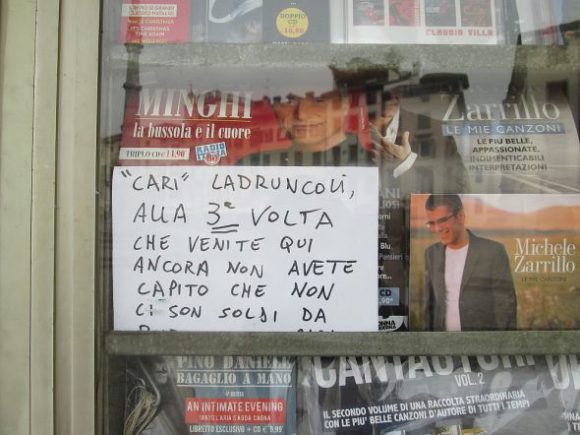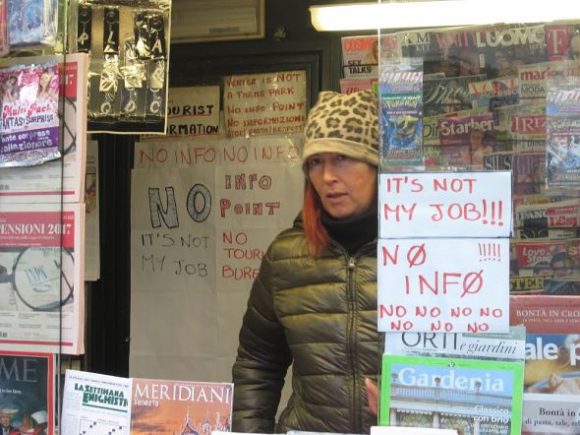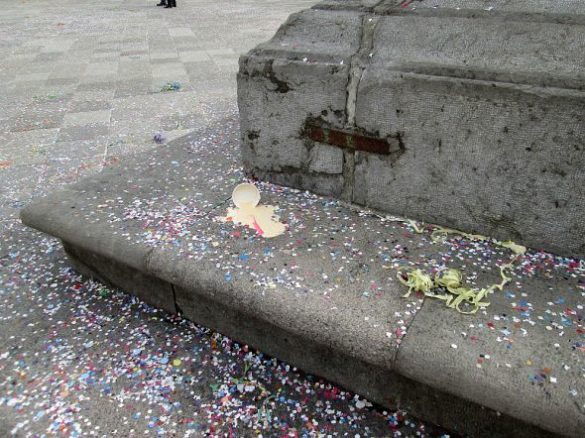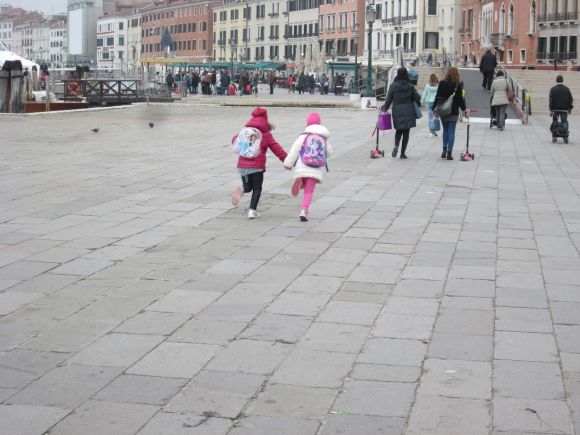
We went shopping this morning. Nothing dramatic, nothing involving jewels or cashmere or lambskin. Just checking out the fish at the Pescheria this morning, and we struck paydirt twice.
One, we nabbed the first seppie of the season, a moment we’d been waiting for. They cost more than I’d have wanted to spend (as almost everything does), but we brought them home and Lino is dealing with their destiny as I write.

Two, we ran into two friends of his, which is always what one hopes when wandering the market. M and C used to work at the Aeronavali with Lino, beginning as boys together (16 years old, more or less). They did a little catching-up, mainly about wildfowl hunting (M’s passion since boyhood, but he has relinquished his weapons due to increasing bureaucracy), fishing (still at it, like Lino), and some random remarks about nothing. Nothing is a very large and rich subject, and people can talk about it for quite some time.
I already knew M by name and by occasional sightings; I knew that he had been Lino’s favorite partner when they used to compete on pupparinos in the “interaziendali” races organized between different working groups (a team from the Gazzettino, say, and the ACTV, and other happy bands of working brothers). “He was a wonderful proviere” (rowing in the bow) — “he had a beautiful stroke, it just lifted the boat up and then I’d carry it forward.” Perhaps this makes more sense in Italian. Anyway, the perfect pair.
They also ran into each other out fishing, or at work with whatever catch they brought in to give away. “I’d have sole,” Lino said, “but M didn’t fish for sole, he went out for shrimp. So he’d ask me how much I wanted for my sole, and I’d say ‘You’re kidding, right?’ So we’d just trade. He loved sole.” Today M bought some sole, but it wasn’t for him. “It’s for my cat,” he said. “I also got some sardoni for me.” (Engraulis encrasicolus, or European anchovy).
Lino thought that was funny. “Give the sardoni to the cat, and you eat the sole!” he said.
“Nah…the cat won’t eat sardoni….”
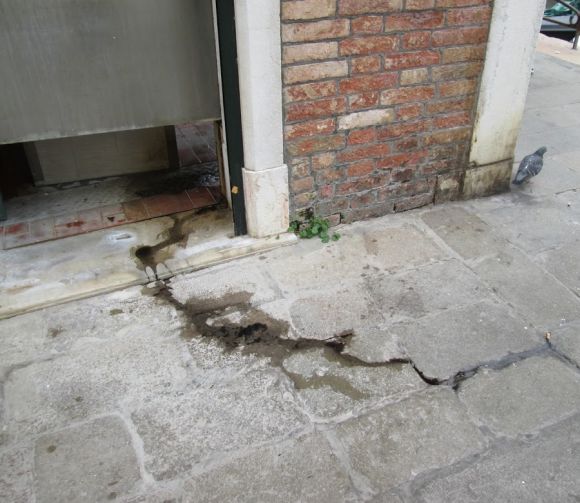
M worked “inside” at the airport on the Lido, where construction was going on; Lino worked outside, on repairs and maintenance. A young widow with a son set her sights on the even younger M, and the two married and have lived peacefully ever after, with the addition of a few daughters. She was happy for M to be training and racing, which many wives are not. Many a modest racer has been forced to give it up because the wife wants him at home. “At home,” if I understand Lino’s tone of voice, means something like “chained to the wall.”
C, however, was another case. No fishing, no hunting; always to be seen with his father for company. When his father died he latched onto M, and it may not need to be said that he never married. “But he always said ugly things about M’s wife,” Lino recalled with some distaste. M is a good guy and there was no known reason for anyone to say anything bad about her, either. Except maybe (I hypothesized) he might have made a move on her which was rebuffed. “I’ve thought that for years,” Lino replied.
When Lino left the company after some 37 years of service, C became head of the squad, a promotion that would have gone to Lino, but never mind, there it is.
I’m sure Lino could have told me more, but one can’t be writing Russian novels every day. It’s enough to get the highlights, which when they concern people you’ve known since you were 16 can be plenty high enough.
